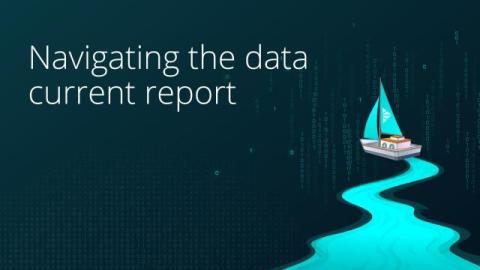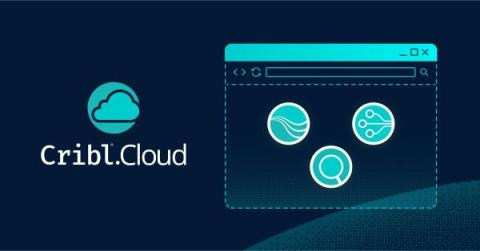5 Ways to Slash Storage Costs
Managing and storing vast amounts of data is no small feat, and can be a real drain on resources. Organizations often need to retain data for extended periods — sometimes up to seven years — to comply with regulations. It’s a common dilemma: data volumes keep skyrocketing, but budgets don’t follow suit. IT and security teams face immense pressure to handle this data deluge while navigating procurement pitfalls.







